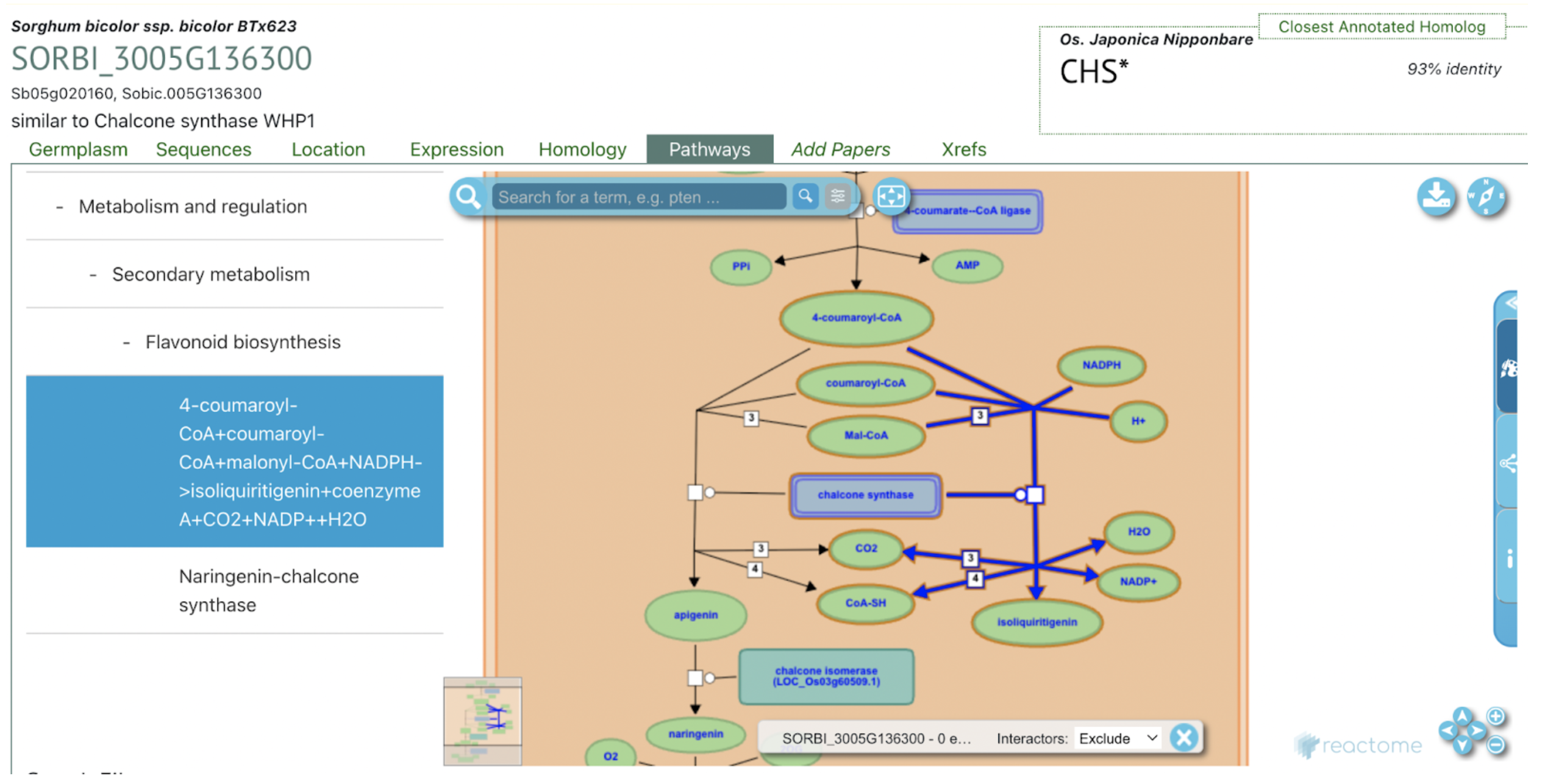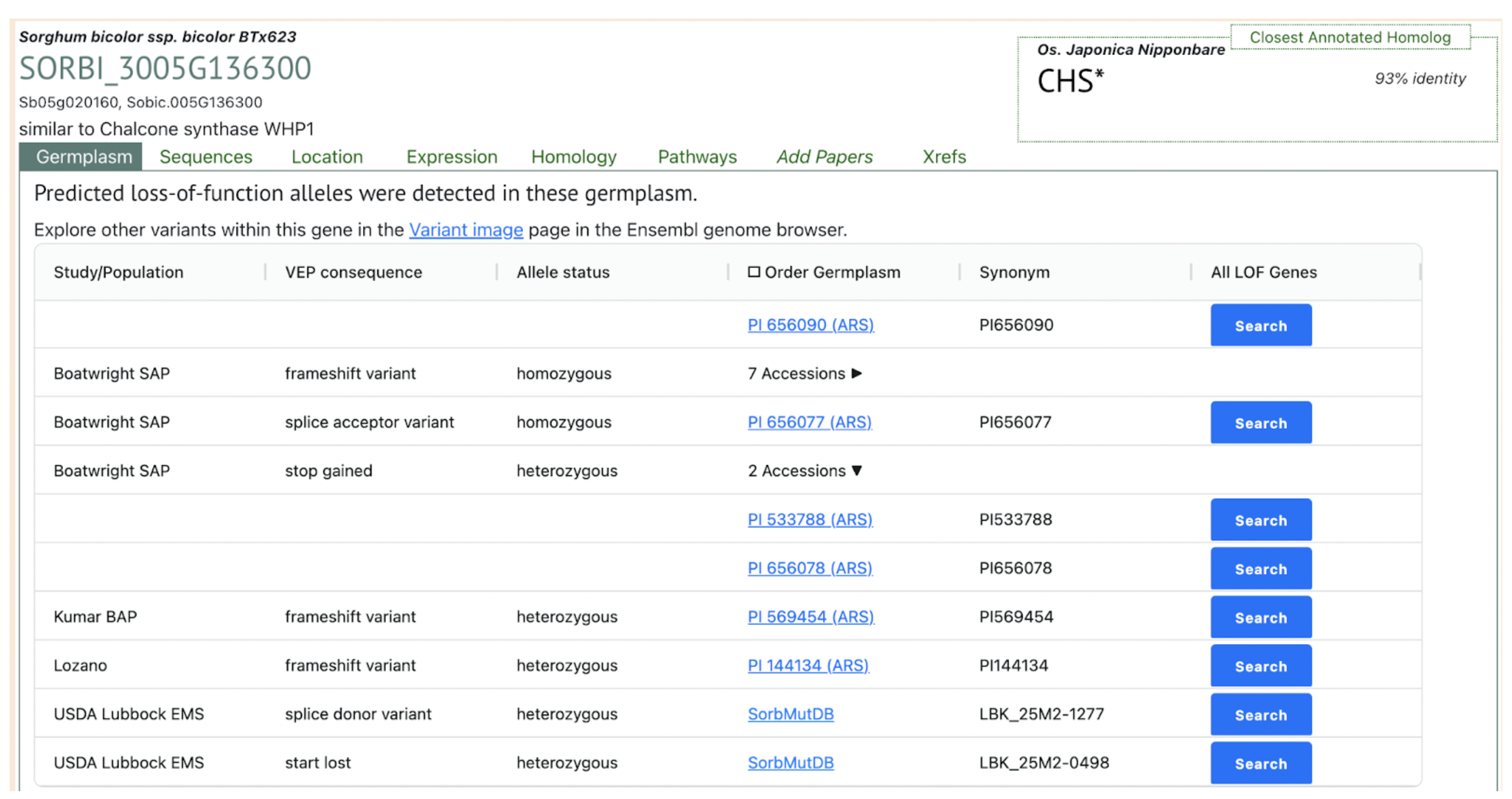Black sorghum’s unique UV-induced production of stable 3-deoxyanthocyanidins highlights its potential as a nutraceutical powerhouse and a model for stress-responsive flavonoid biosynthesis.
Keywords: 3-deoxyanthocyanidin, ROS, UV light, gene co-expression network, pericarp, sorghum, transcriptomics
Flavonoids are crucial secondary metabolites in plants, playing diverse roles in growth regulation, stress defense, and ecological interactions. In cereals, polyphenols like flavonoids exhibit significant antioxidant and anti-inflammatory properties, beneficial for human health. Sorghum (Sorghum bicolor), particularly black-grained varieties, is notable for its high levels of 3-deoxyanthocyanidins (3-DOAs), flavonoids with exceptional antioxidant stability. Unlike common anthocyanins, 3-DOAs maintain their stability in aqueous environments, making them valuable for nutraceuticals and food additives. While 3-DOAs accumulate in both vegetative tissues and pericarp, their biosynthesis in vegetative tissues is typically induced by mechanical wounding or pathogen attack. In black pericarp, however, 3-DOA synthesis is uniquely triggered by UVB exposure in the seed pericarp tissue, reflecting a tissue- and genotype-specific stress response.
Researchers from Texas A&M University and USDA-ARS locations in Texas, North Dakota, and New York utilized techniques like weighted gene co-expression network analysis (WGCNA), RNA sequencing, and metabolic profiling to explore the genetic and environmental regulation of 3-DOA biosynthesis in black sorghum pericarp. Findings reveal that UVB stress upregulates genes involved in secondary metabolism, increasing reactive oxygen species (ROS) levels and localizing 3-DOAs in cell walls, possibly reinforcing the tissue against oxidative damage. This trait, while beneficial for stress resilience and nutraceutical value, is under complex genetic control involving recessive inheritance with additive, dominant, and epistatic effects. Despite limitations in functional validation due to the transformation constraints in sorghum, these insights establish a foundation for understanding stress-induced flavonoid biosynthesis and its genetic regulation. This work not only highlights the adaptive significance of 3-DOAs but also underscores their potential for agricultural and industrial applications.
SorghumBase examples:



Schumaker B, Mortensen L, Klein RR, Mandal S, Dykes L, Gladman N, Rooney WL, Burson B, Klein PE. UV-induced reactive oxygen species and transcriptional control of 3-deoxyanthocyanidin biosynthesis in black sorghum pericarp. Front Plant Sci. 2024 Oct 7;15:1451215. PMID: 39435026. doi: 10.3389/fpls.2024.1451215. Read more
Related Project Websites:
- Patricia Klein’s page at Texas A&M University: https://hortsciences.tamu.edu/people/klein-patricia/